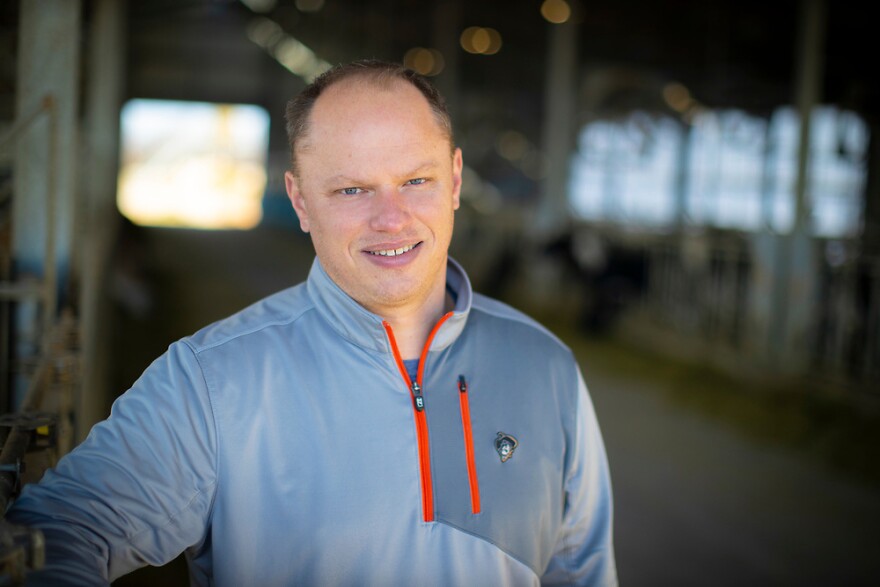OSU Research Matters is a bi-weekly look inside the work of Oklahoma State University faculty, staff and students.
Much of the research on our genome focuses on the genes that make proteins, but those only constitute about one percent of our DNA. What about the other 99% that is considered noncoding — which was once called junk DNA? It might not be junk.
As much as 80% of the genome has some biochemical function, but we remain puzzled by its role.
In this episode, Meghan Robinson speaks with Dr. Darren Hagen, who, along with his students, is studying a diverse array of species to identify genome features and decipher the role of the unknown 99%.
TRANSCRIPT:
HAGEN: Our DNA is the same DNA that you inherited from your parents, and you started as a single cell. After that, your cells replicated millions or trillions of times, and that's got what's gotten you to where you are today. And each of those cells, especially cell types, different cell types, are going to need very unique patterns of genes. And we say “on” or “being expressed,” and that means the DNA is transcribed into RNA and may be transcribed or translated into proteins.
And so, when those proteins are found in cells, or how abundant they are in the cells, determines the cell type, and ultimately determines the makeup.
ROBINSON: In high school biology, we learn high school biology, we learn that the genome makes proteins that are involved in our cells. However, that is only 1% of our DNA. What makes up the rest? That’s a question that Assistant Professor of Animal Genomics, Dr. Darren Hagen, is trying to answer through his research.
HAGEN: My lab and my students, what we're pursuing, generally it's called functional annotation of the genomes. And so, we're trying to look at the many parts of animal genomes, and assign function to all the different elements. My lab is trying to assign function to that other 99%. We refer to it as non-coding DNA because it doesn't make proteins. So historically we called it junk DNA, so we weren't even really looking. That was part of the problem.
Now that we’ve been looking – and we’ve been looking for 20–25 years, I guess the other part of the problem is the genome wasn't sequenced so we just technologically we weren't there. Now that we have all the information, it turns out that those parts are really unique to different species, and so our proteins are conserved across species. Like the difference between us and cows isn't that great in the protein coating genes, but if we look at that other places in the genome, that's what makes us people and cows cows. And they're very different. And so, it's really challenging because we have to go to each species and look at them independently of one another and try to figure out which of the elements matter, which of the things, would turn a gene on or turn a gene off in different species.
ROBINSON: Dr. Hagen is also learning how we are impacted by the genes inherited from our parents.
HAGEN: Some of the DNA you get from your mother is turned off in you. Because you're a female, if you have children, it'll be turned off in them as well. You're a copy. But my mother had DNA that was turned off, that I inherited from her as off. Whereas my father's is on, and because I'm male, mine will get remodeled as male, and so, my kids will inherit all of that genetics as turned on. And it gets interesting and challenging because the DNA that you inherit from your mother isn't shown in me. Or you know, the one I inherit from my mother isn't shown in me, but it'll pop up in my kids because they got it from their father.
And this makes disease transmission quite interesting, and again, traits in livestock or whatever else really interesting. Because how this DNA, the three-dimensional structure changes, or how the modifications that we have on our DNA how they act based on the parent they come from is different. And again, it's based on the sex of the parent.
So I still have DNA in me that I got from my mother, but you won't see that trait. But because I'm a male, when I pass that on to my children, you might see that trait and if that trait is a disease, you can see how it might skip generations, and we're just not aware that we have that in our genetics.








